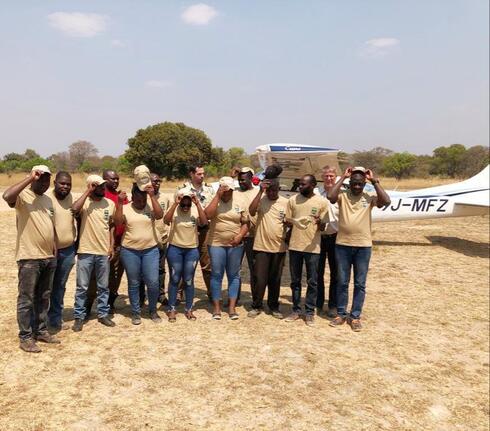About 220,000 African savanna elephants live in the KAZA landscape—or more than 50% of the total remaining population of this species. Unfortunately, the savanna elephant is endangered due to poaching for its ivory tusks, habitat loss, and human-elephant conflict. Despite its importance, long-term elephant conservation in the region has suffered from the absence of coordinated elephant management approaches among the five KAZA partner countries and reliable population data.
The survey is a culmination of years of careful design and preparation. It involves everything from selecting and training survey staff, sourcing aircraft, delivering fuel to remote areas, and securing overflight permits. An experienced technical coordination team including survey biologists, pilots, observers, data analysts, and operations technicians has been supporting the survey implementation.
The survey will provide baseline data on the numbers and distribution of elephants in KAZA to help inform the development of collective policy and practice among the KAZA partner countries for the long-term conservation, protection, and management of Africa's largest contiguous elephant population. Its results will also provide crucial information to update scientific databases.

